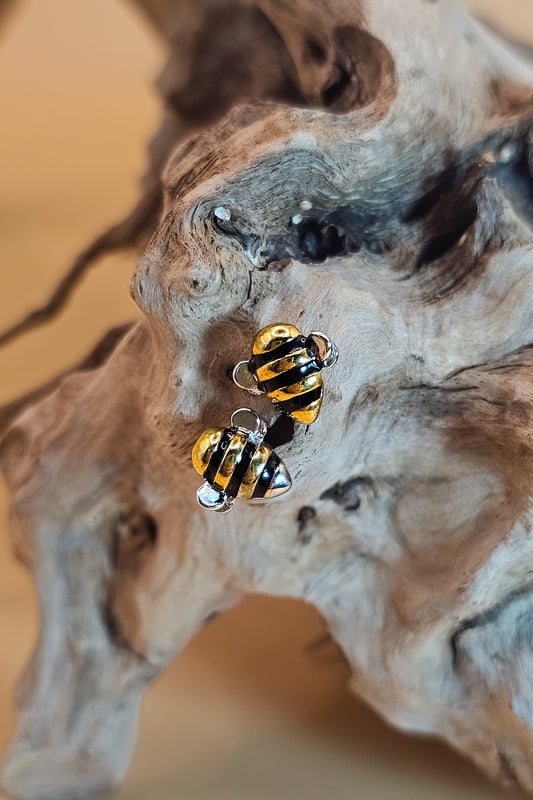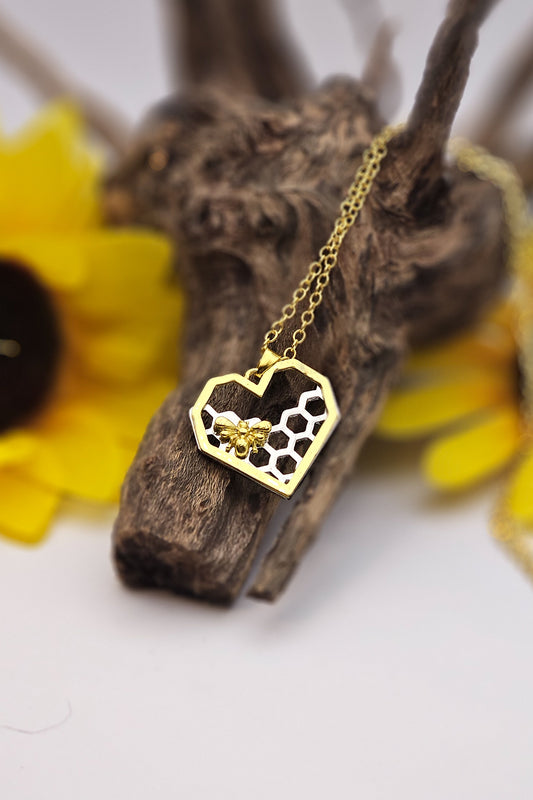In Peru’s Amazon area there are some indigenous tribes, like the Kukama-Kukamiria people. These people harvest their honey from stingless bees instead of from European honeybees, and use it as medicine, food, and a way to earn income.
Stingless bees have been under-appreciated for ages in the western world. Now, scientists are starting to understand the benefits that this sacred and traditional bee culture – meliponiculture – offers not only to indigenous people but to the world.
Cesar Delgado Vasquez is one such scientist, from the Institute for Investigations of the Peruvian Amazon. He and others are students and teachers to indigenous groups. They teach how to raise stingless bees to produce honey without damaging wild nests and they learn about the tremendous value of this liquid medicine.
There are 600 stingless bee species in the New World, so an immense body of data is available. Each species has relationships with hundreds of native plant species.
This unrelated 4:47-minute video by Discover Agriculture shows how meliponiculture is practiced in India:
Delgado performed a field study with three different communities and four stingless bee species, to evaluate the microbiological and physicochemical characteristics of the honey they produced.
Analysis of the chemical contents identified a high quality that lead to higher prices, from $3 to $27, although the sugar and humidity content did not change much from one type of honey to another.
Nutritional and medicinal qualities in honey produced from pollinator-plant exchanges can differ in the same way that the flavor of store-bought honey produced by bees fed on oregano pollen is quite different to clover honey.
These tribes use (stingless) meliponine bee honey to treat many ailments, depending on the bees' diet, like cuts, colds, and abrasions, skin conditions, burns, upper-respiratory tract infections, pneumonia, diabetes, gastrointestinal problems, arthritis, and even cancer. According to National Geographic, honey from bees feeding on the pollen of the araza plant is under evaluation for its anti-cancer properties.
Delgado has helped indigenous communities learn the best ways to keep meliponine bees. Half of all Peruvian Amazon states now have communities keeping bees and using rectangular boxes that offer easy access to honey.
Delgado’s study reveals that for the sake of conservation, people must stop cutting down trees to obtain honey. This has the added benefit of increasing production yields.
The beekeeping operations also improve family farming and small producers’ incomes, so it is a profitable undertaking. Therefore, it is necessary to provide information on honey quality.
Delgado made another exciting finding, reported in a separate paper he authored. When indigenous communities kept bees next to their agricultural fields where native crops like camu fruit were produced, horticulture yields increased by 44%.








